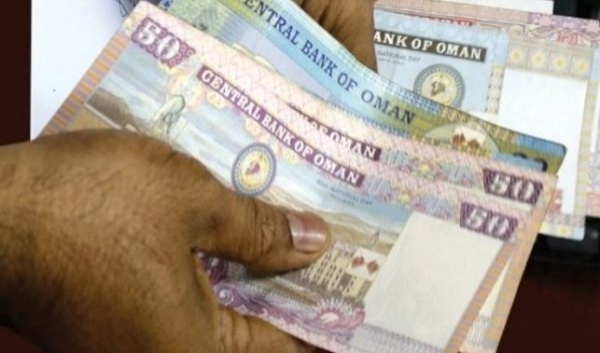
Muscat: High per capita income and a strong government will boost a robust economic outlook and help Oman remain resilient in tough financial situation, according to Annual Credit Analysis by Moody’s.
Oman is rated Baa1 by Moody’s which represents secure investing in the country and its high ability to pay off debts. The stable outlook illustrates the anticipated resilience of Oman’s rating over the next 12-18 months and signals the balance between upward and downward pressure on the economy.
“Oman’s Baa1 rating with stable outlook reflects its high wealth levels and a still comparatively strong government balance sheet, balanced against credit challenges, including its heavy reliance of oil and gas sector,” Moody’s Investor Service report said.
According to the report, positive signs for the Sultanate would stem from faster than expected progress in containing government fiscal deficits and diversifying the economy away from oil and gas.
“Although we expect government debt to rise to 40 per cent of GDP by 2018 from less than 5 per cent at the start of oil price shock, Oman’s fiscal buffers will support the country through its process of fiscal and external adjustments,” Steffen Dyck, Senior Credit Officer at Moody’s and co-author of the report said.
The credit analysis elaborates Oman’s credit profile in terms of four parameters of Economic strength, Institutional strength, Fiscal strength and Susceptibility to event risk.
The analysis rates the Sultanate’s Economic Strength as ‘High’ on back of high per capita income of $43,707, which is more than double of the median of other Baa1 rated countries, and GDP change, which is comparable to countries like Luxembourg.
According to the report Oman registers a ‘High’ Institutional Strength as it exceeds median of Baa rated countries in Worldwide Governance Indicators. It shows strong readings in Rule of Law, Control of Corruption, Political stability and Regulatory quality. At 2 per cent, the inflation rate also remains one of the lowest in the region.
With significantly strong fiscal buffers estimated at around 82.5 per cent of GDP, Oman has adequate resources to take manage a deficit that has soared at the onset of oil price crisis to a projected 20 per cent of the GDP by 2018. The report ranks the country’s Fiscal strength as ‘High’, an indicator that takes into account overall health of government finances, relative debt burden, debt affordability and structure of government debt.
“Our assessment of high fiscal strength is based on still manageable levels of government debt and existing reserve buffers, balanced against the government’s high dependence on hydrocarbon receipts and a fast rising debt trend,” he said.
However, the report highlights ‘susceptibility to event risk’ for Oman as ‘Moderate’ due to moderate risks relating to government liquidity and external vulnerability stemming from plunging hydrocarbon revenues estimate and increased external borrowing, which sits at $9.5 billion currently. The banking sector on the other hand, shows low risk due to high profitability and solid asset quality.